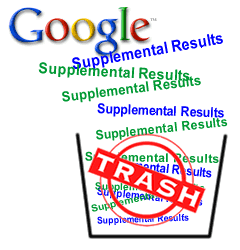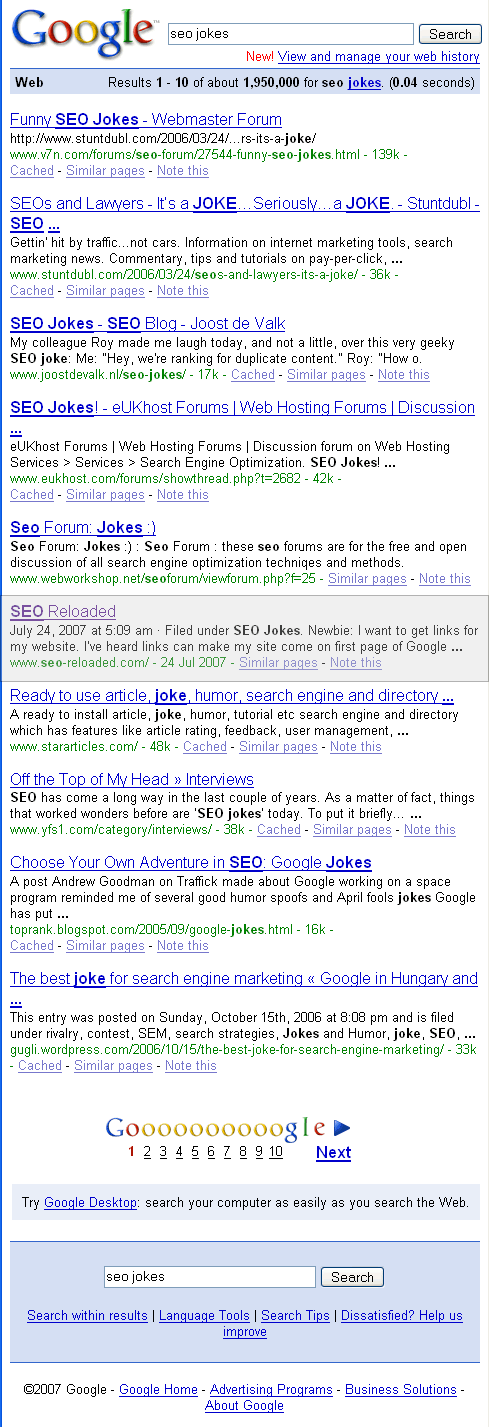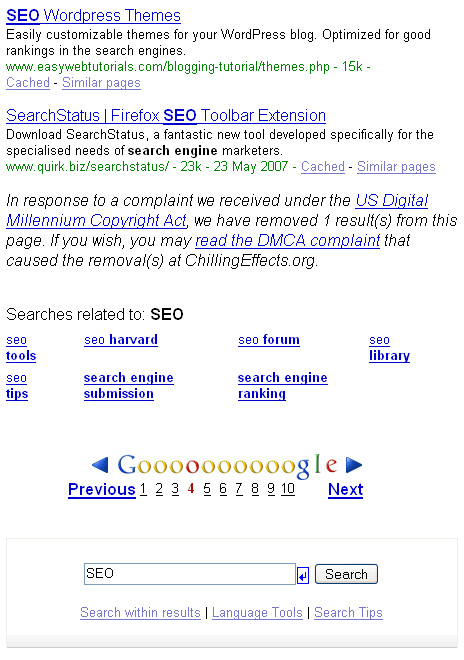Is it true that an aggressive link building campaign can get you a PR 4 or PR 5 site in just a few months for your new site, without buying any links?
During the last 2 to 3 years, I’ve been working and managing a number of sites and finding link partners for them. I’ve found that hard work and persistence can easily get you a Google PageRank of 4 or 5 for your brand new site, in a few months, all with free link exchanges!
Getting things ready for your links campaign
It’s true about the aggressive link building campaign. What you really need is persistence and hard work. Firstly, add a links directory to your site / link pages, what ever you are comfortable with. These should be in place so you don’t have to go make new pages again and again whenever a new link request comes. You should spend some time looking around web directories and link pages to see the categories and sub-categories that you are planning to use in your links directory. A link submission form should also be added. Adding a links directory should be a few hours work, and a days work if you’re a little lazy.
Finding Good Link Partner Sites
When this is in place and functional, you can start finding good link partners. To find good link partners, you should see sites linking to other competitor sites, those that are ranking high on Search engines, those that accept links and have a links form on their site. Find websites that are already doing well on search engines for keywords like “your keyword + directory submission”, “your keyword + link exchange”, “your keyword + submit URL”, using several other variations and also using the allintitle, allinurl commands on Google. If you are having difficulty in finding good link partners, spend a few hours searching for websites that give you useful tips and tricks on finding good sites to exchange links with.
Other than these, you will be much better off if you contact a lot of low PR, industry related sites. These are sites that don’t even make to the top ranking positions, but actually exist with PR 4 or 3 or lower. You can easily find such sites through some directory, like the Yahoo! directory, or DMOZ, by browsing to the relevant category/sub-category, or using some other search engine like MSN and Yahoo. Most of these low ranking websites will be willing to give a link without you linking to them!
Your plan for finding and contacting webmasters
Try to add and review at least 100 – 200 sites every day. You should be working full time only on finding good websites to exchange links with. 200 websites a day makes 25 links/websites every hour if you work 8 hours per day. Once you have a list of 800 or 1000 link partners, start contacting them. You (or some resource) should be working on it full-time and contact as many partners for link exchange as you can. It will be a good idea if you use some tool like Arelis, by Axandra, to manage your links campaign. Now time yourself, and you should be sending 20 – 30 emails every hour to link partners. If you have a links manager tool, you should be able to send more requests per hour. This way you’ll have contacted the 800 or 1000 sites you collected in just 2 or 3 days. The more emails you send, the more likely you’ll get a response.
So, you should be spending 4 to 5 days on finding good link partners and then contacting them in the next 4 to 5 days. A few points that you should consider are that you shouldn’t be spending too much time on reviewing websites. You should be able to figure out in 1 or 2 minutes if you will be willing to exchange links with a website or not.
Plan and time yourself
This is the trick I’ve been using to get links. Just plan and time yourself in everything you do. You should start getting replies from link partners in a day or two, once you start sending those emails. You should be making 4 – 5 links or more on average per day easily if you use this approach. Some link partners are slow in responding. Others don’t inform you at all if they link back. But you will be able to find out the other sites linking to you once you start seeing referrals in your website statistics.
Avoid Search Engine Penalties
Repeat the process again for the next few weeks. Keep a target and achieve it. Say, 60 links every month. Make sure you rotate the link texts and descriptions often to avoid Search Engine penalties of getting lots of links quickly in a short period of time.
The good thing about this campaign is that most of the sites will link back without even asking for a link from your site. These will be free incoming links to your site and will have more weight as they will be non-reciprocal links.
Web Directory and Article Submissions
Apart from this, write articles and submit them to as many article directories as possible. A well written article should get you more than 300 – 500 links alone. And don’t forget to do directory submissions. They can help you boost your link popularity and help you get a lot of keyword rich text links. For a list of Free Search Engine Friendly directories, you can visit http://www.seo-reloaded.com/ . You can also find a list of Niche Link Directories.
Note: Please feel free to link to the article if you find it useful, or use it on your blog or article directory with a functional link to my SEO Blog and website, or submit it to article sites if you want, with the links intact.
Any comments and suggestions are welcome. You can submit your comments below. 🙂
 Many Blog owners and webmasters have been continuously upset about their new website and pages ending up in the Supplemental Index. Nothing to worry about now, as Google has removed the ‘supplemental result’ labels from the search results.
Many Blog owners and webmasters have been continuously upset about their new website and pages ending up in the Supplemental Index. Nothing to worry about now, as Google has removed the ‘supplemental result’ labels from the search results.
